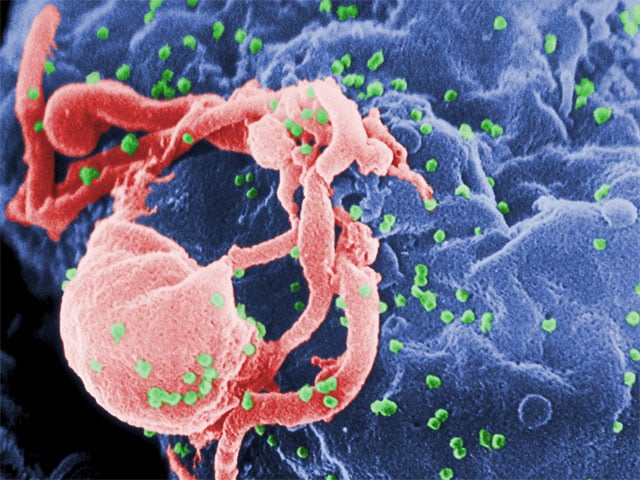Baltimore: Researchers have identified a refuge in the immune system that HIV uses to survive in the human body for years.
In people whose HIV virus has been suppressed by antiretroviral therapy for years, HIV can grow in myeloid (a type of white blood cell) cells, a new study has found.
In research supported by the National Institutes of Health, researchers used a new quantitative method to show that HIV can reactivate in specific myeloid cells and infect new cells.
Research published in the journal Nature Microbiology suggests that myeloid cells play a role in the long-term survival of the HIV reservoir by being an important but obscure target for efforts to eradicate the virus.
“This research calls into question the prevailing narrative that therapeutically important monocytes (a type of white blood cell) have a very short life span,” said study author Rebecca Wienhuis of Johns Hopkins University. .
“Yes, these cells have a short lifespan,” he said, “but research data suggests that HIV can persist in monocytes in the air in people who have had the virus suppressed for years.” Being able to detect HIV in these cells over a long period of time suggests that something is maintaining the myeloid reservoir.
Antiretroviral therapy is effective in treating HIV because it stops the virus from infecting new cells and multiplying. However, HIV can still exist in dormant cells and form a reservoir of HIV. CD4 T cells (a type of white blood cell) are the best-studied HIV reservoir. Identifying HIV reservoirs is critical to HIV treatment because dormant HIV can become active again if people stop taking antiretroviral therapy.
(function(d, s, id){
var js, fjs = d.getElementsByTagName(s)[0];
if (d.getElementById(id)) {return;}
js = d.createElement(s); js.id = id;
js.src = “//connect.facebook.net/en_US/sdk.js#xfbml=1&version=v2.3&appId=770767426360150”;
fjs.parentNode.insertBefore(js, fjs);
}(document, ‘script’, ‘facebook-jssdk’));
(function(d, s, id) {
var js, fjs = d.getElementsByTagName(s)[0];
if (d.getElementById(id)) return;
js = d.createElement(s); js.id = id;
js.src = “//connect.facebook.net/en_GB/sdk.js#xfbml=1&version=v2.7”;
fjs.parentNode.insertBefore(js, fjs);
}(document, ‘script’, ‘facebook-jssdk’));



